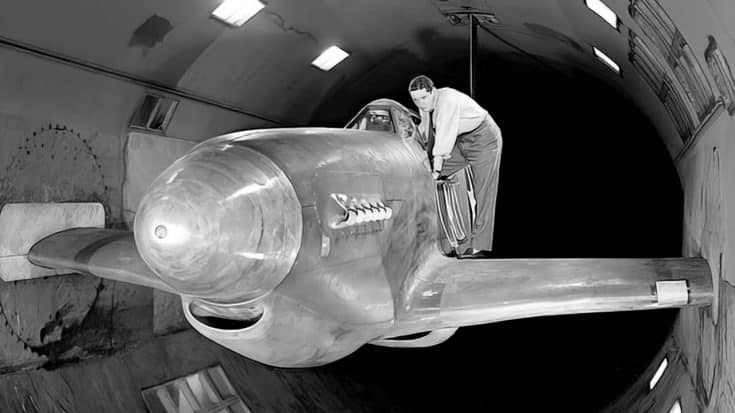The P-51 Mustang’s Most Fatal Flaw (EXPLAINED)

YouTube / Dark Skies
From Allison To Merlin
For years, the P-51 Mustang’s Achilles heel lay in the intricacies of its engine design. It was hindered by the limitations of the Allison engine, particularly its subpar performance at higher altitudes due to the single-stage supercharger of the Allison V-1710.
View this post on Instagram
However, a transformative moment arrived with the introduction of the Merlin engine and its two-stage supercharger.
This pivotal upgrade catapulted the P-51 into the pantheon of WWII’s premier warbirds, solidifying its status as a formidable force in aerial combat.
Confronting the Achilles’ Heel
Among the Mustang’s vulnerabilities, none proved more consequential than its cooling system’s susceptibility to damage.
View this post on Instagram
A compromised coolant-filled radiator spelled imminent danger, with the engine prone to overheating within minutes, particularly perilous during dive-bombing missions.
While this flaw was not unique to the P-51, its impact was keenly felt, highlighting the inherent vulnerability of liquid-cooled engines.
Forging Resilience
The introduction of the P-51D variant marked an important moment in the Mustang’s evolution, a testament to the relentless pursuit of perfection amidst the war.
View this post on Instagram
From enhancing rearward visibility with the introduction of a teardrop canopy to bolstering firepower with three machine guns per wing, each improvement propelled the Mustang closer to its peak.
Moreover, the integration of armored reinforcements mitigated the specter of its cooling system vulnerability, ushering in an era of unparalleled resilience and effectiveness.


















